The Gundam franchise, especially the Universal Century timeline, had already become a popular staple within a decade following the original 1979 anime. The release of Char’s Counterattack (1988), in particular, not only proved to be a critical success but also further cemented the saga as an established brand in Japanese nerd culture. It’s in this context that series creator Yoshiyuki Tomino conceived Mobile Suit Gundam F91, which came out in theaters in 1991.
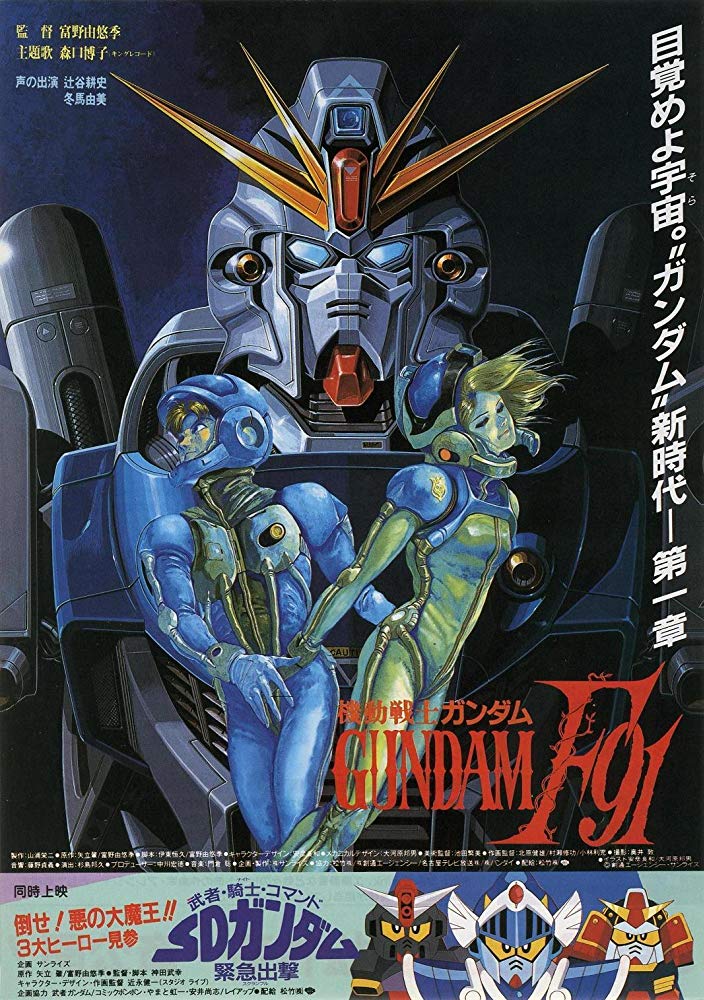
Produced by Sunrise and directed by Tomino himself, the 115-minute long film was originally intended to be the start of a bold new chapter in the UC saga, a proverbial Star Trek: The Next Generation to what preceded it. Instead, it faced myriad hurdles and was met with a mixed reception upon release. Not only would it be dwarfed by the more infamous Mobile Suit Victory Gundam (1994) but it also seemed to pale in the shadow of Char’s Counterattack.
Over the course of almost three decades, however, the movie proved to have more to it than meets the eye.
The Brave, Not so Coherent World
Mobile Suit Gundam F91 takes place decades after the events of Char’s Counterattack. It’s the year 0123 of the Universal Century. The One Year War and the myriad battles against Zeon are little more than history. Still, the Earth Federation grows inept and decadent by the year. Then one day, the space colony of Frontier IV is suddenly invaded by the sleek Mobile Suits of the Crossbone Vanguard, the private army of an aristocratic cabal known as Cosmo Babylonia. Caught amidst the bloodshed is a young man named Seabook Arno, the son of one of SNRI’s leading figures and designer of the titular Gundam F91. Alongside Cecily Fairchild, who is in reality Berah Ronah, granddaughter of Cosmo Babylonia’s sovereign, he and a motley crew of refugees struggle to find a way out of the brewing conflict. Even if it means facing the dreaded Carozzo “Iron Mask” Ronah and a diabolical plan to take over humanity.
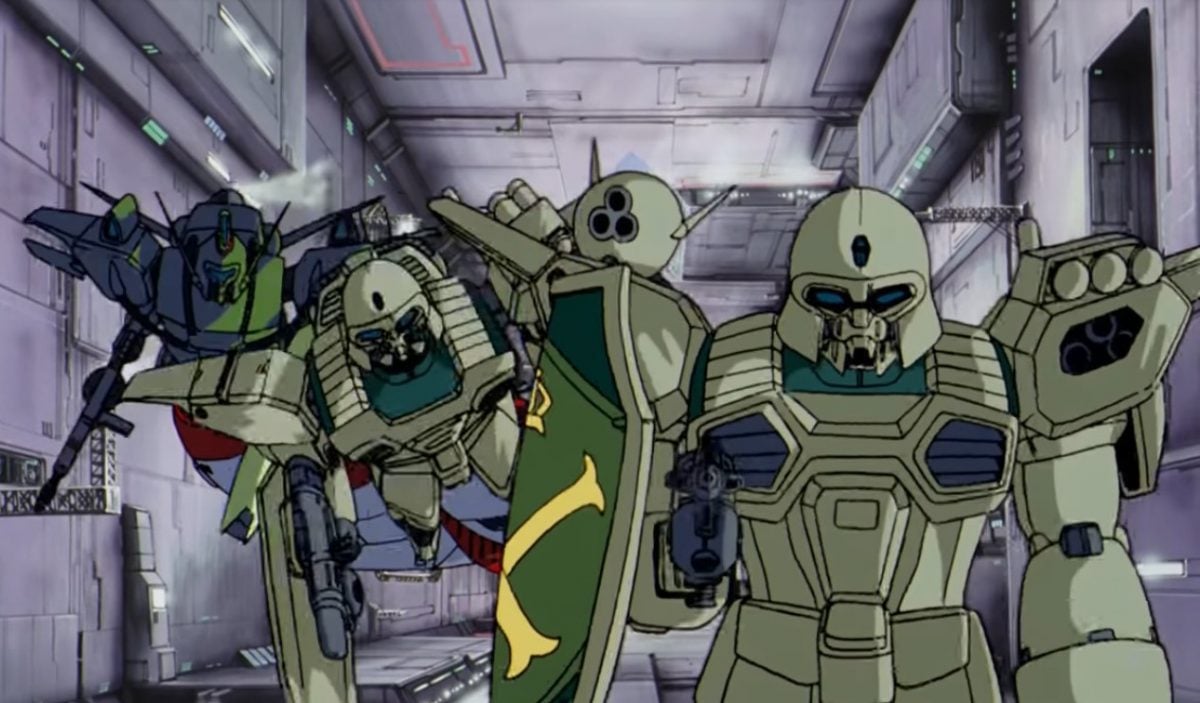
Notably, the movie features no returning characters from previous Universal Century works at all. Granted, Londo Bell and the Earth Federation are still around (albeit more in the background than as active players), and there’s a museum scene early on showing more “antiquated” leftovers from the events of past shows. More often than not, the anime comes off as somewhat disconnected from the rest of the franchise up until that scene. Which isn’t helped by how Cosmo Babylonia and its pretensions to old-school European aristocracy aren’t quite as memorable as Zeon’s “Prisoner of Zenda meets Nazis in space” shtick. Unfortunately, these are but a taste of the anime’s most glaring problems.
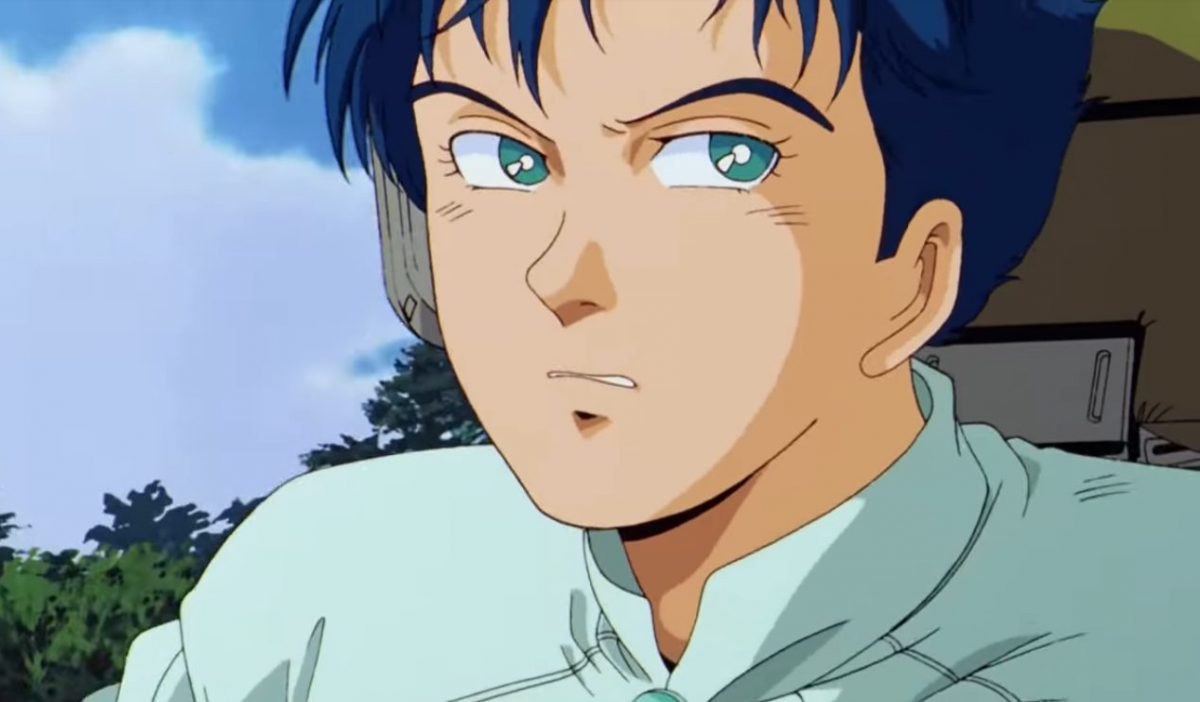
F91 was originally intended to be a full-fledged TV series. From what’s known, however, staff disputes hindered production, with the screenplays for the first 13 episodes completed by the time work on the planned show was stopped. Instead, it was decided that the existing material be condensed into a theatrical release. This would prove to be the source of much of the shortcomings found throughout the final product.
The story progression, among others, is all over the place. Granted, the overall plot is still fairly easy to follow, which is due to Tomino focusing on relatable issues like familial problems in an effort to make it more accessible to younger viewers. On the flip-side, however, cramming in 13 episodes’ worth of content means that much of that’s either compressed or simply left out, resulting in a rather jumbled mess. This can be seen in how the protagonists seem to jump from one situation to another, like Cecily suddenly assuming her rightful “place” with little buildup. At times, one could even make out where an “episode” would begin and end, further driving such flaws home. To say nothing of how the pacing makes events that would take plausibly longer seemingly happen almost immediately and vice versa, or that the ending leaves a thread involving the Crossbone Vanguard that’s left unresolved.
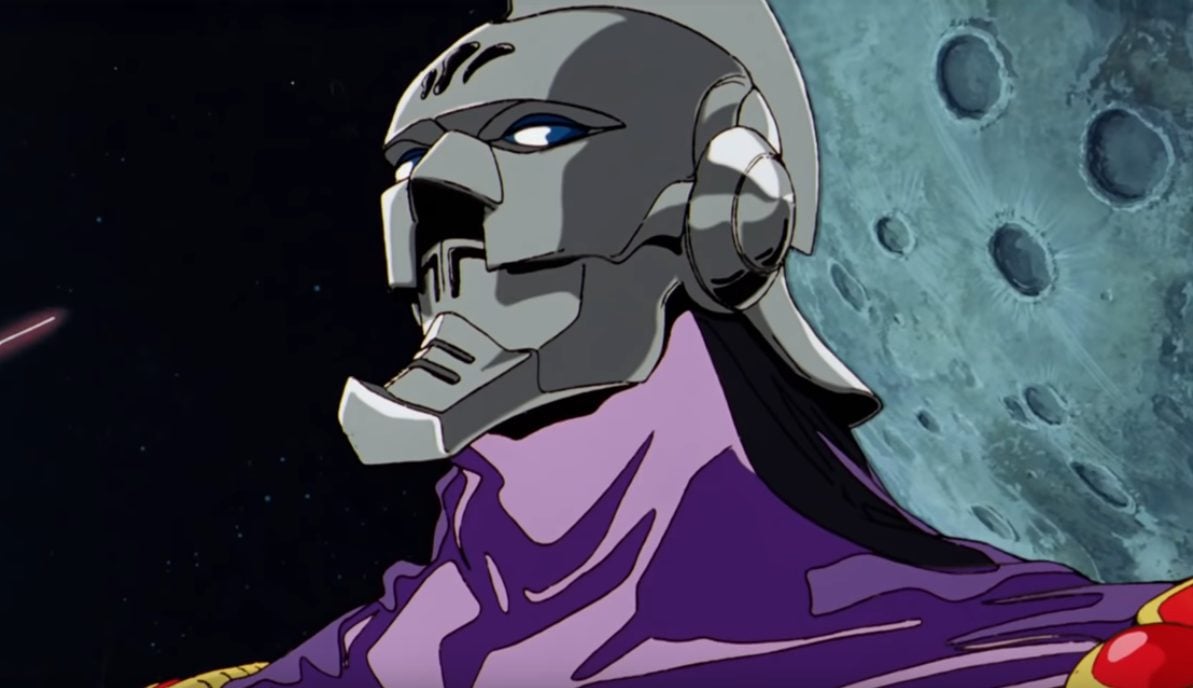
This isn’t to ignore how much of the characterization comes off as underdeveloped or inconsistent. For instance, seeing Seabook shift between a competent Mobile Suit pilot and cluelessly bumbling about, as if even he has no idea what’s going on, is a recurring trend. That some characters tend to disappear from the movie inexplicably (such as Cecily’s mother and grandfather) and get little screen-time otherwise, like with the mysterious Zabine Chareux (Kiyoyuki Yanada, Jamieson Price), doesn’t help matters. Nor how viewers are given little reason to really care for the heroes’ plight, as they’re shifted from scene to scene, or sympathize with the villainous Iron Mask in the same way as the infamous Char Aznable.
It’s no wonder, then, why this film seemed to pale compared to its classic predecessor. Yet in spite of that, F91 has more going for it than its faults.
Newtype Dreams
Mobile Suit Gundam F91, even with its shaky production, still has several glimmers of high potential.
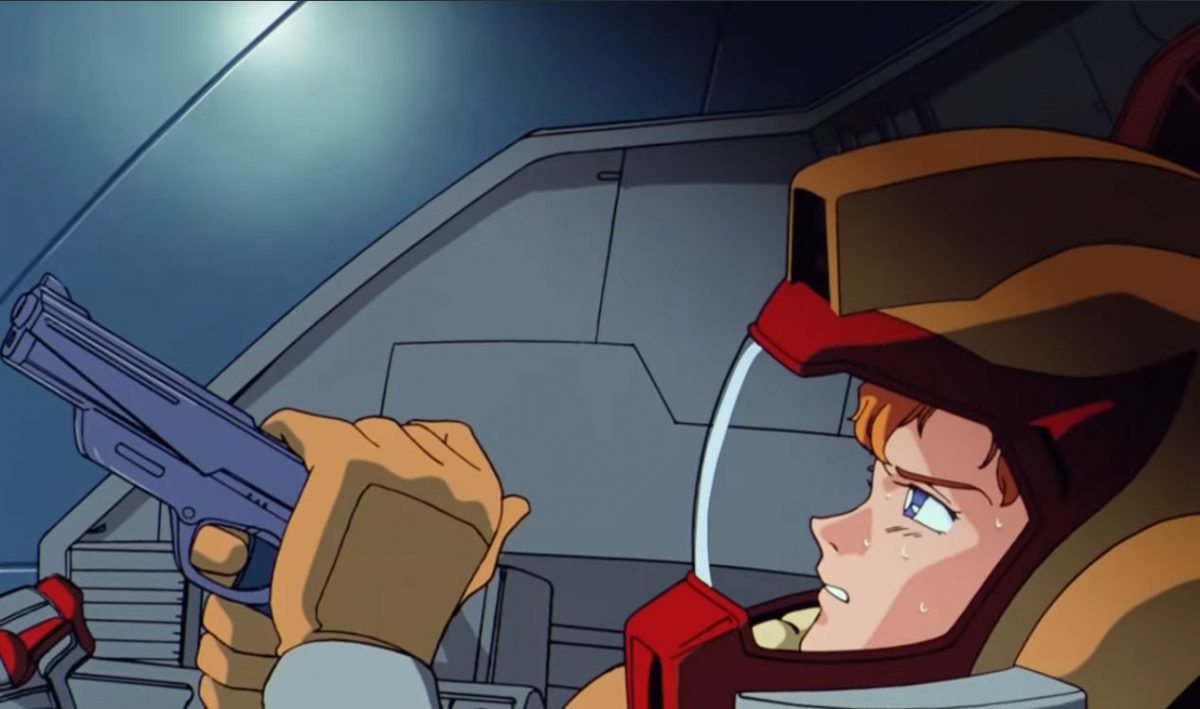
The overall presentation, in particular, is excellent. With character and mecha designs by Yoshikazu Yasuhiko and Kunio Okawara respectively, the art is more than just consistently solid. Whether it’s the unique look on the Crossbone Vanguard forces (their “shot-lancers” and knightly beam flags are as distinctive as the mono-eyed Zakus of yesteryear), the sleeker, smaller, yet familiar appearance of the titular Gundam itself, or the flowery motifs present throughout (including the main villain’s Mobile Armor being called the “Rafflesia”), the movie isn’t lacking in impressive aesthetics. These, in turn, are even better in motion, from the gentle movement of Cecily’s hair to how beautiful yet destructive some of the battles can get. All while driving home the horrors of war in classic franchise tradition, including one infamous scene early on where a shell casing from a Mobile Suit drops on a mother trying to get her child to safety.
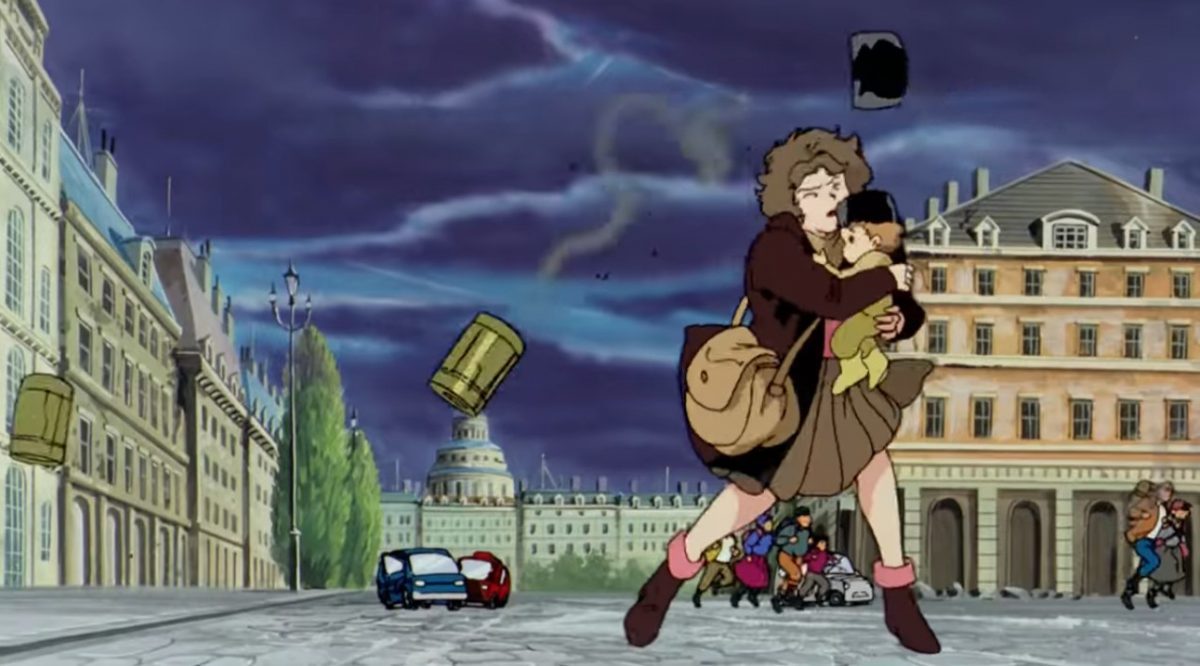
The story and the characters themselves, at their best, manage to be similarly solid. Tomino’s original idea of having familial problems as a major theme, despite all that’s lost in translation, is not only still intact but also succeeds in making the film more relatable. One doesn’t have to necessarily know of the epic rivalry between Char and Amuro, for instance, to sympathize with Cecily’s conflicted feelings about her own heritage and being on the erstwhile side of the villains. Or Seabook’s bitter frustrations with his mother for abandoning him in favor of creating the Gundam, even while having little choice but to pilot the Mobile Suit in order to survive against his foes. Which isn’t to neglect how, even with the changes from past entries, the motifs on war and understanding, on top of history repeating itself, remain very familiar and on point.
Then, there’s the audio. Granted, the Star Wars influences can be a bit too obvious at points, especially in the orchestral tracks. And the nature of the production meant that some of the material intended for the planned TV show, such as an otherwise good opening piece sung by Hiroko Moriguchi, was never used. That said, what did make it into the movie doesn’t disappoint, with rousing yet apropos setpieces and the hauntingly beautiful Eternal Wind (also sung by Moriguchi). Combined with the overall solid voice acting, whether in Japanese or English, one gets the impression that the cast and producers really tried their best with what they had.
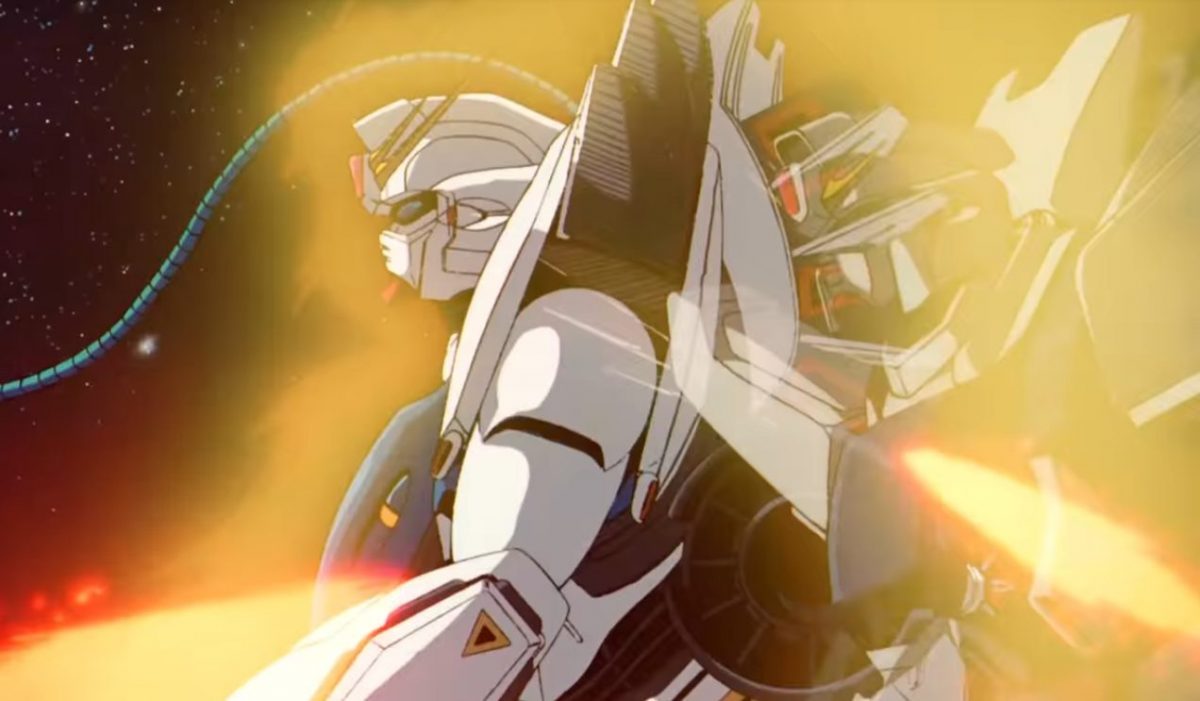
If F91 is indeed a mess, it’s a rather beautiful and well-executed one. An entertaining, if almost textbook example of “What could have been” for lack of a better description. One certainly gets the impression that, had the original TV plans pulled though, it’d have been a hit. Its legacy, however, doesn’t end there.
Per Aspera Ad Astra
F91 closes with tantalizing English text, saying, “This is only the beginning.” As it turned out, neither Tomino himself nor Sunrise had forgotten about that.
In addition to a two-part novelization that fleshes out the plot in far more detail, Tomino went on to pen the cult classic Mobile Suit Crossbone Gundam (1994-97). Set about a decade later, it notably gave Cecily and Seabook further character arcs, as well as a proper closure to the anime. This isn’t to discount the myriad other manga made around it, such as the prequel Mobile Suit Gundam F90 (1990-91) and side-story Mobile Suit Gundam Silhouette Formula 91 in UC 0123 (1992-95). Either way, such efforts would help in keeping the existence of the film alive among fans well after its release.
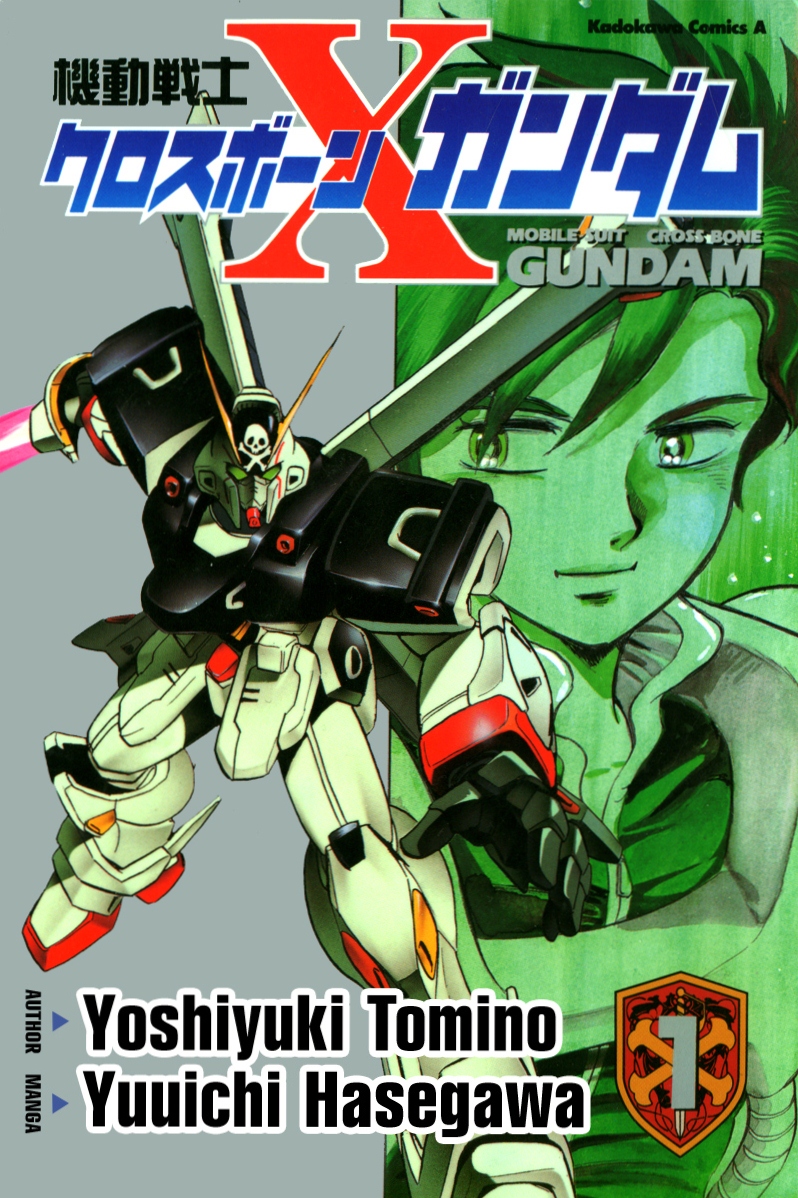
It has also popped up in a number of video games, especially in more recent years. While the movie and titular mecha had a direct tie-in with Mobile Suit Gundam F91: Formula Report 0122 for the SNES/Super Famicom (1991), they soon became a recurring staple in the Super Robot Wars franchise from that same year onwards. Beginning with Mobile Suit Gundam Climax U.C. for the PlayStation 2 (2006), however, they would become mainstays in various Gundam games under Bandai-Namco. Indeed, mecha aficionados may recognize the anime and its characters more from their appearances in gaming than the source material itself.
Then, there’s how the fans themselves have come to appreciate it. Even for all the film’s problems, there’s a certain affectionate respect for it. Whether it’s the potential for what could have been, the quality of the final product, its links with Crossbone or just Iron Mask’s intimidating aura, it’s not for nothing that F91 still leaves a lasting impression. Or that it’s popular enough to warrant a high-quality Blu Ray cut and modernized covers for Eternal Wind, to name a few.
Blu Ray trailer for Mobile Suit Gundam F91, featuring the ending track Eternal Wind. Circa 2018.
And time may well prove to vindicate it entirely. Since the releases of Mobile Suit Gundam Unicorn (2010-14) and Narrative (2018), Sunrise has been pushing through with its ambitious UC NexT 0100 project, with a three-part adaptation of Hathaway’s Flash (set in the UC 0100s) starting in 2020. With each new work being set further into the future of the Universal Century, it’s only a matter of time before fans once again find themselves staring at shot lancers and sleek Mobile Suits.
Perhaps one day, a proper TV series could be on the cards. Until then, the film more than suffices.















